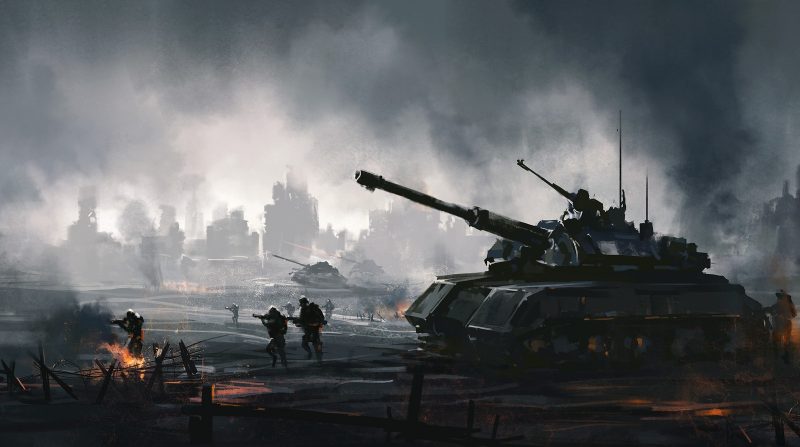War games: A crystal ball into future conflicts?
As technology advances and the world becomes increasingly interconnected, the ways in which nations prepare for potential conflicts are evolving. One method that has gained popularity in recent years is war gaming. These simulations allow military strategists and policymakers to test their ideas and plans in a controlled environment, offering insight into potential outcomes and potential pitfalls. But as these war games become more sophisticated, questions arise about their accuracy and whether they can truly predict future conflicts.
The premise of war gaming is simple: participants are given a hypothetical scenario, often based on a real-world situation, and must develop a plan of action to achieve their objectives. These plans are then tested against other teams or an opposing force, and outcomes are analyzed and evaluated.
War gaming has been around for centuries, but the use of computers and other technology has revolutionized the field. Today’s war games can simulate complex scenarios with multiple variables, allowing participants to explore different strategies and potential outcomes. The U.S. military, for example, has invested heavily in war gaming, using simulations to prepare for everything from cyber warfare to conventional conflicts.
But despite the sophistication of these simulations, questions remain about their accuracy. Some critics argue that war games are inherently flawed, as they rely on assumptions about human behavior and are often based on incomplete or inaccurate data. Others question whether these simulations can truly predict the outcome of real-world conflicts, as factors such as luck and the actions of non-state actors cannot be fully accounted for.
Despite these concerns, war gaming remains a valuable tool for military strategists and policymakers. By simulating potential conflicts and exploring various strategies, participants can gain a better understanding of the challenges they may face and develop more effective plans of action. Additionally, war games can help identify gaps in existing plans and policies, allowing for improvements to be made before a real-world crisis occurs.
One area where war gaming has seen increased attention in recent years is in the realm of cybersecurity. As cyber threats continue to evolve and become more sophisticated, policymakers and military leaders are turning to war gaming as a means of preparing for potential attacks. These simulations allow participants to explore various cyber scenarios and develop strategies to mitigate the risks of cyber attacks.
But as war games become more advanced, concerns have been raised about the potential for these simulations to be used for nefarious purposes. Some worry that governments or other groups could use war games to justify aggressive actions or to manipulate public opinion. Others fear that these simulations could be used to perpetuate existing biases and power imbalances, leading to further conflict and instability.
Despite these risks, the benefits of war gaming are clear. By allowing military strategists and policymakers to test their ideas and plans in a controlled environment, war games offer valuable insights into potential conflicts and can help prepare nations for the challenges of the future. As technology continues to evolve and the world becomes increasingly complex, the importance of war gaming is likely to only increase, providing a valuable tool for those seeking to maintain peace and security in an uncertain world.












